What Did Pioneers Eat on the Oregon Trail? Taste of Home

The Pioneers
Heat skillet with 3-4 tbsp of meat drippings (Amazon link) Add 3 tbsp of flour; stir constantly while browning the flour. Remove from heat and add 2 cups of milk; stir. Return to heat, stir constantly until mixture is smooth and thick. Season with salt and pepper.

Pioneers Flickr
Pioneer life revolved around providing the basic necessities of existence in a northern wilderness — food, shelter, fuel and clothing. Pioneering life was integral to family life and provided social stability for the settlement of a larger population across the country. Stanley, NB, circa 1850s, by W.P. Kay (courtesy Library and Archives.
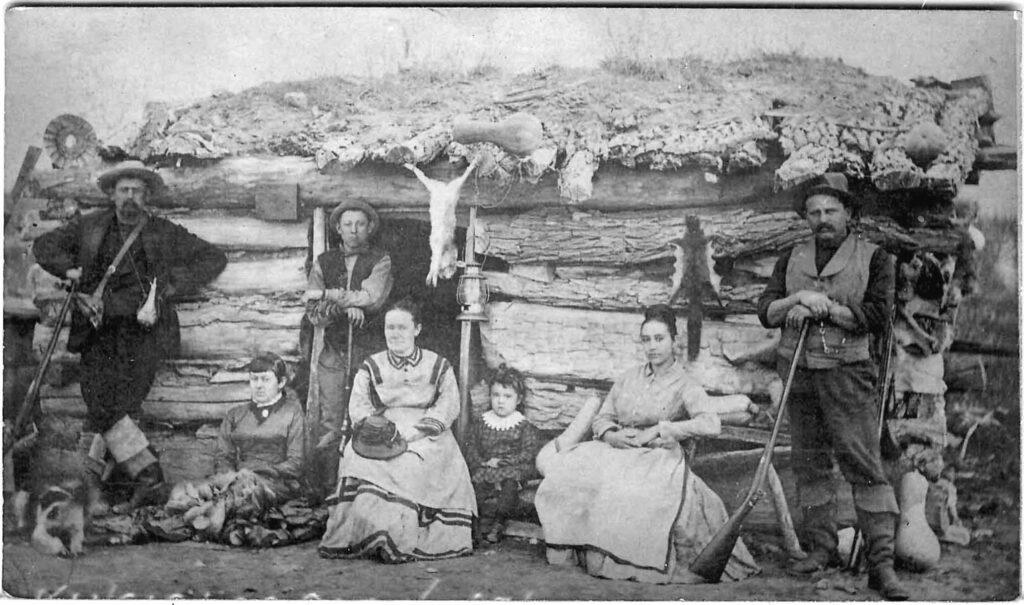
7 Survival Foods The Pioneers Ate That You Wouldn't Recognize Off The
Each family brought along such staples as flour, sugar, cornmeal, coffee, dried beans, rice, bacon, and salt port. Some also brought dried fruit. Mealtime on the Oregon Trail was goverened by the sun.Breakfast had to be completed by 4 a.m. so that the wagon train could be on its way by daybreak.
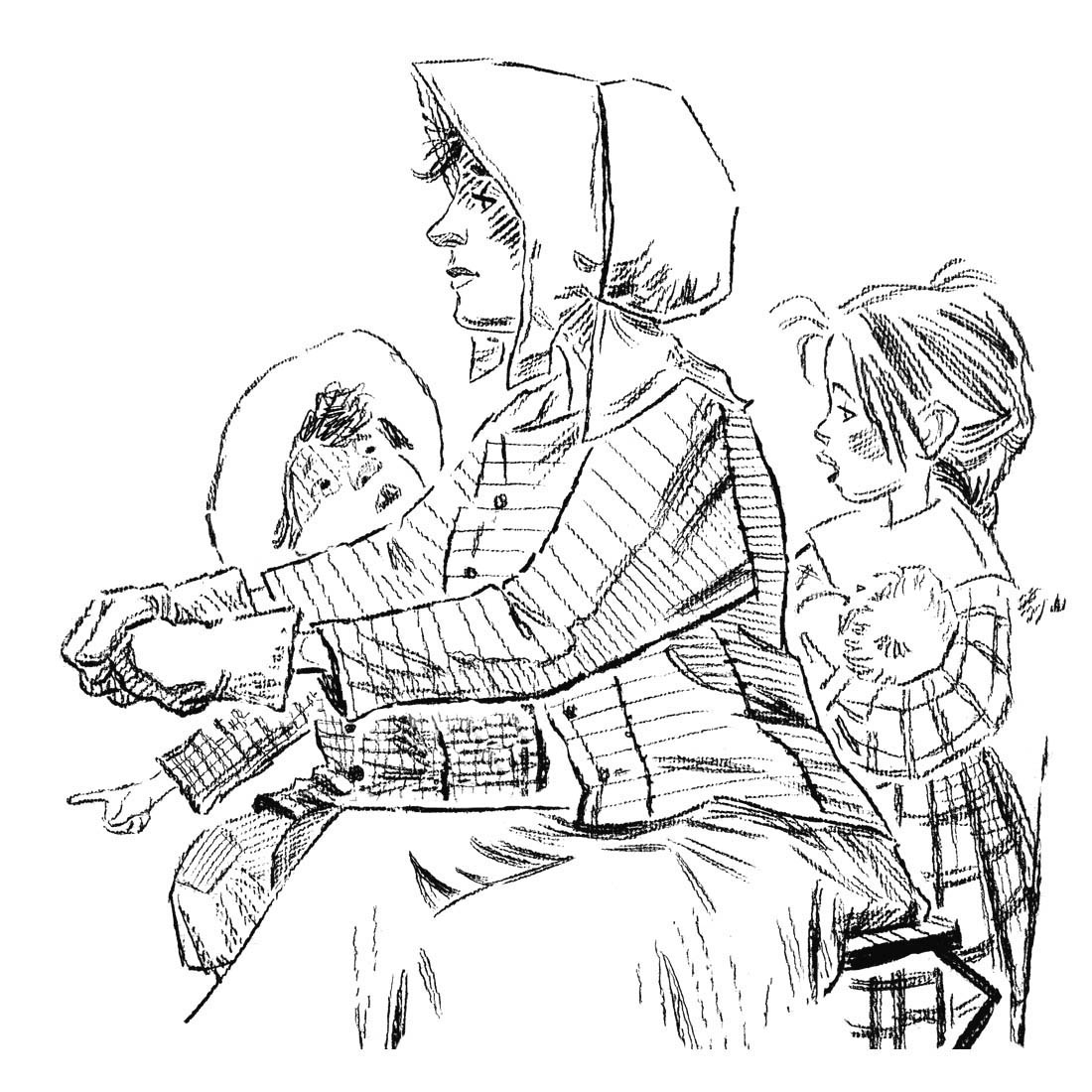
CBDecker O Pioneers
Calf's Foot Jelly. Though many Americans would probably prefer to eat Jell-O today, calf's foot jelly was a popular dessert in the Old West. It was made using the feet of calves (hooves removed), eggs, sugar, lemon, and spices. After boiling the feet, cooks added white wine, seasonings, and egg whites.

The Pioneers
To create the filling, rehydrate the dried apples with boiling water. Allow to stand 5 minutes. Drain the apples well. In a bowl, mix the apples, sugar and cinnamon (if using). In a Dutch oven or pie plate, use the larger dough as the base, add the filling, add the smaller dough portion on top.
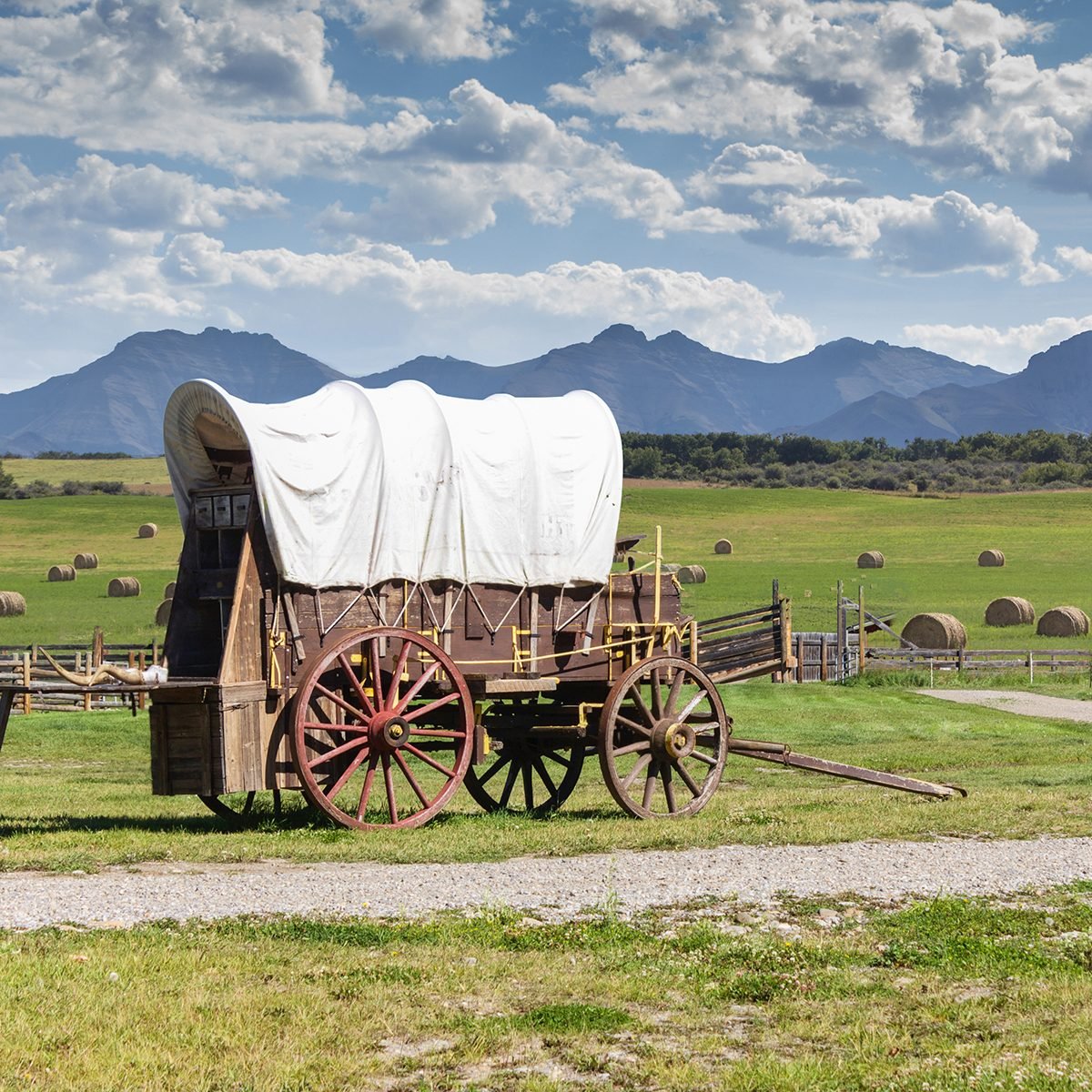
What Did Pioneers Eat on the Oregon Trail? Taste of Home
1/2 tsp salt. 2 tbsp butter. 2 1/2 cups water, boiled. Everything I used to make the Johnnycakes. Making the Johnnycake mixture was similar to baking cookies. You whisk the dry ingredients and add them to the liquid (in this case boiling water). Whisking the cornmeal, sugar, and salt. First, I put the water on to boil.
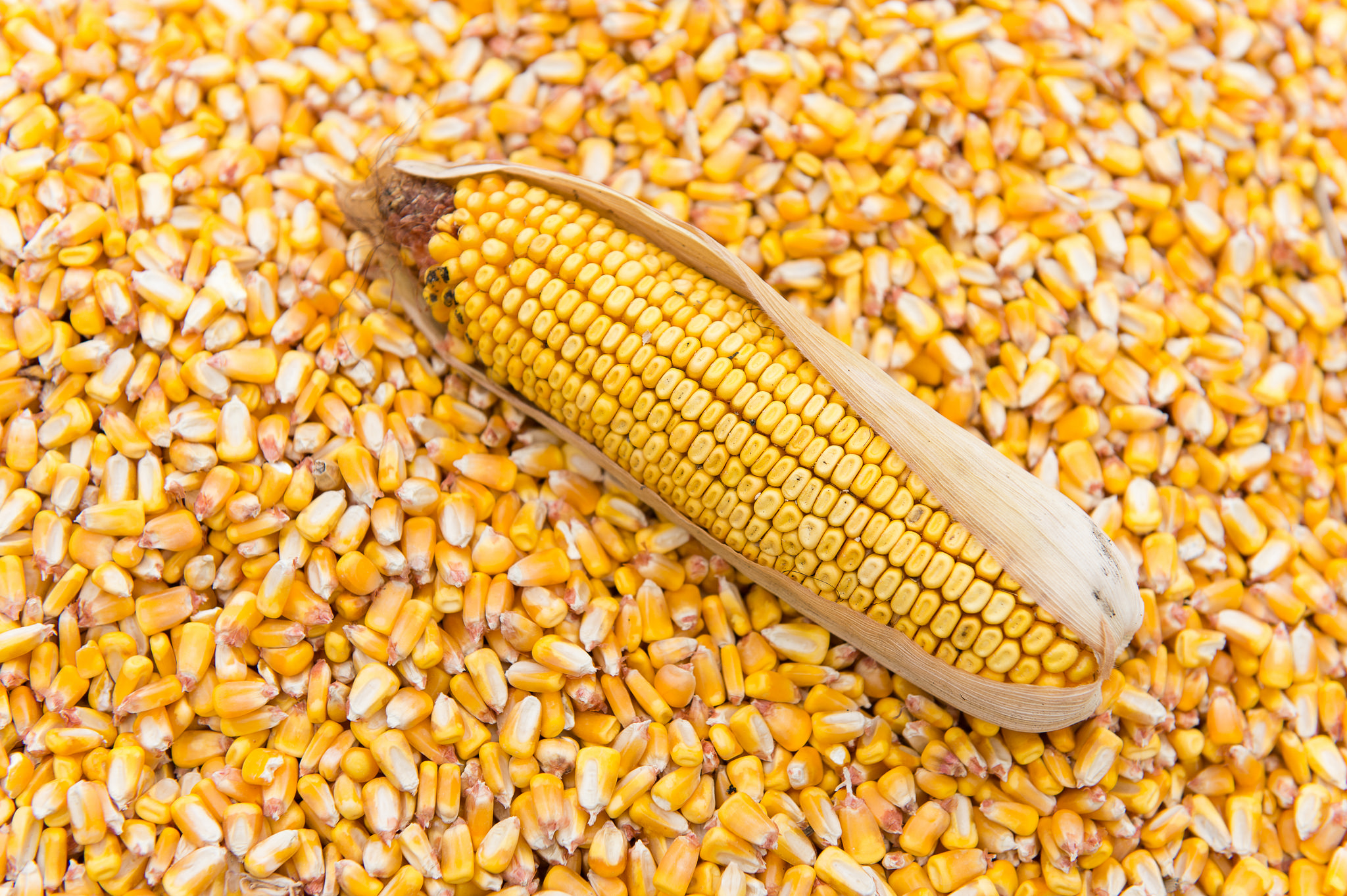
Pioneers in Canada Mind Map
5. Rice. Like grains, rice was an important staple for many people. But it wasn't grown in many parts of the country, making it an item pioneers picked up at the general store. 6. Bacon. Bacon managed to become the default travel meat of choice in pioneering days.
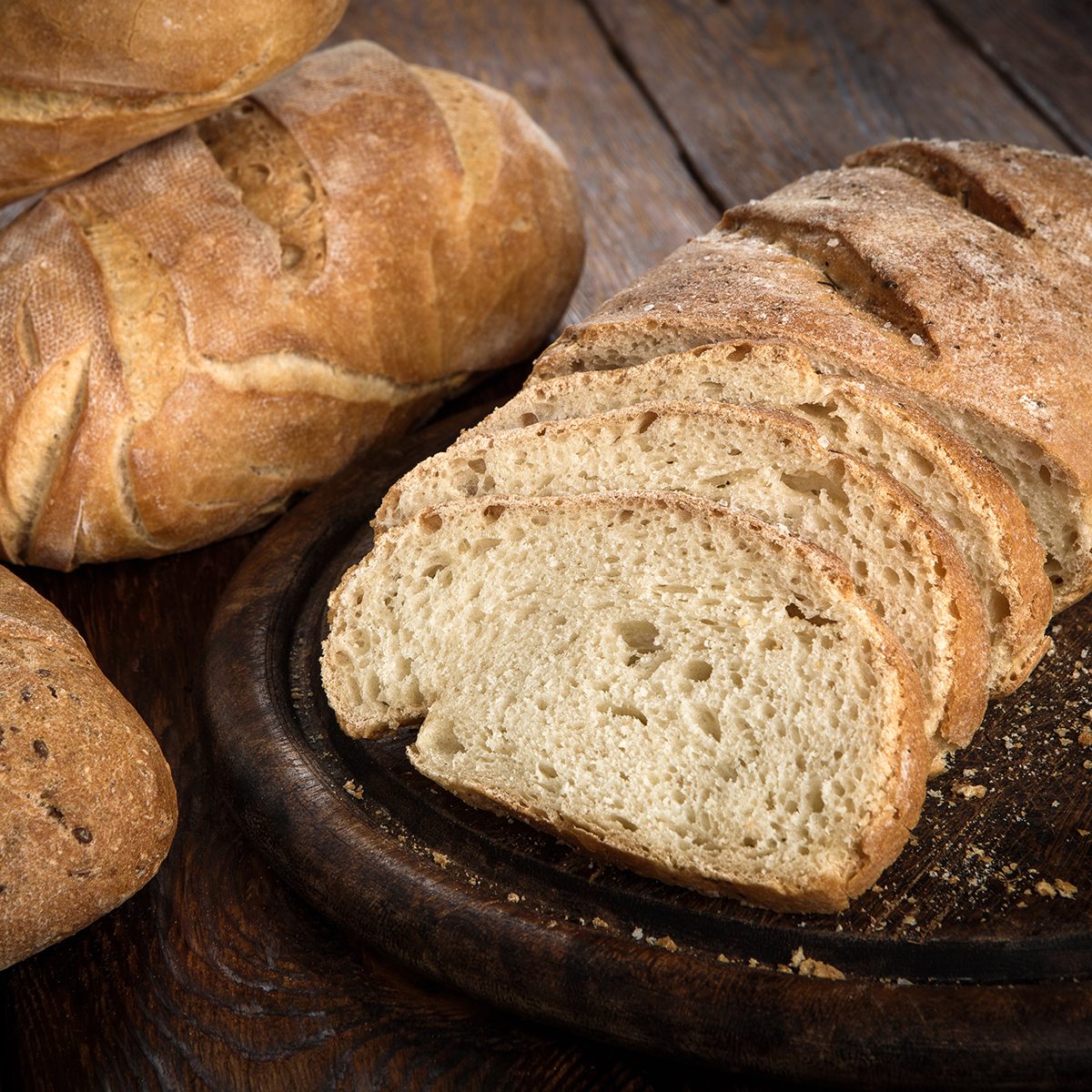
What Did Pioneers Eat on the Oregon Trail? Taste of Home
Sift together buckwheat flour, sugar, baking powder, salt, baking soda, cinnamon, and nutmeg. Beat buttermilk, egg, and vanilla extract together in another bowl. Pour flour mixture into buttermilk mixture; whisk until batter is thick and smooth. Let batter rest for 5 minutes until bubbles form and batter relaxes.

Social Pioneers
The pioneer would not have had lemon juice-so you can skip this step if you want. Lay the apple slices out onto cookie sheets or baking racks. In the fall and winter, you can put the apple slices into your modern oven. Bake them for 1 hour at 200 degrees and then flip them apple slices over. Then bake them 1 to 2 hours more at 200 degrees.
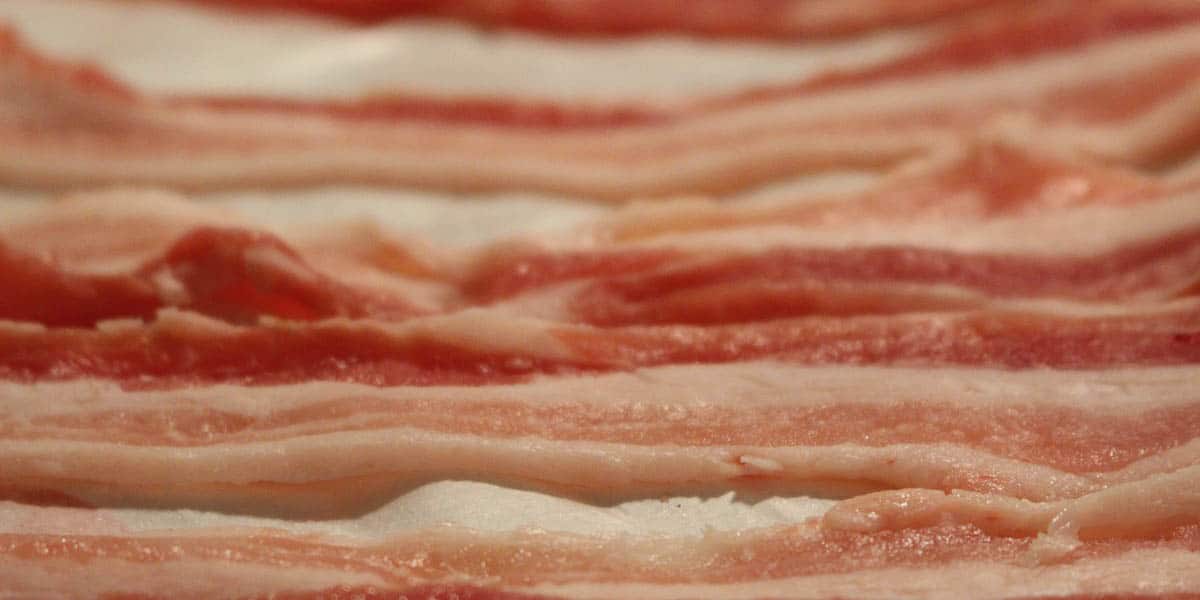
Pioneer Foods We Will All Be Eating Again After Doomsday
Cornmeal Mush was another staple eaten by the pioneers. It was selected because it did not spoil or turn sour. To make it, they started with parched corn, which was made by putting corn kernels in the sun to dry. The dried corn was smashed in a motor until it was the consistency of corn meal. The corn meal was then heated and served.
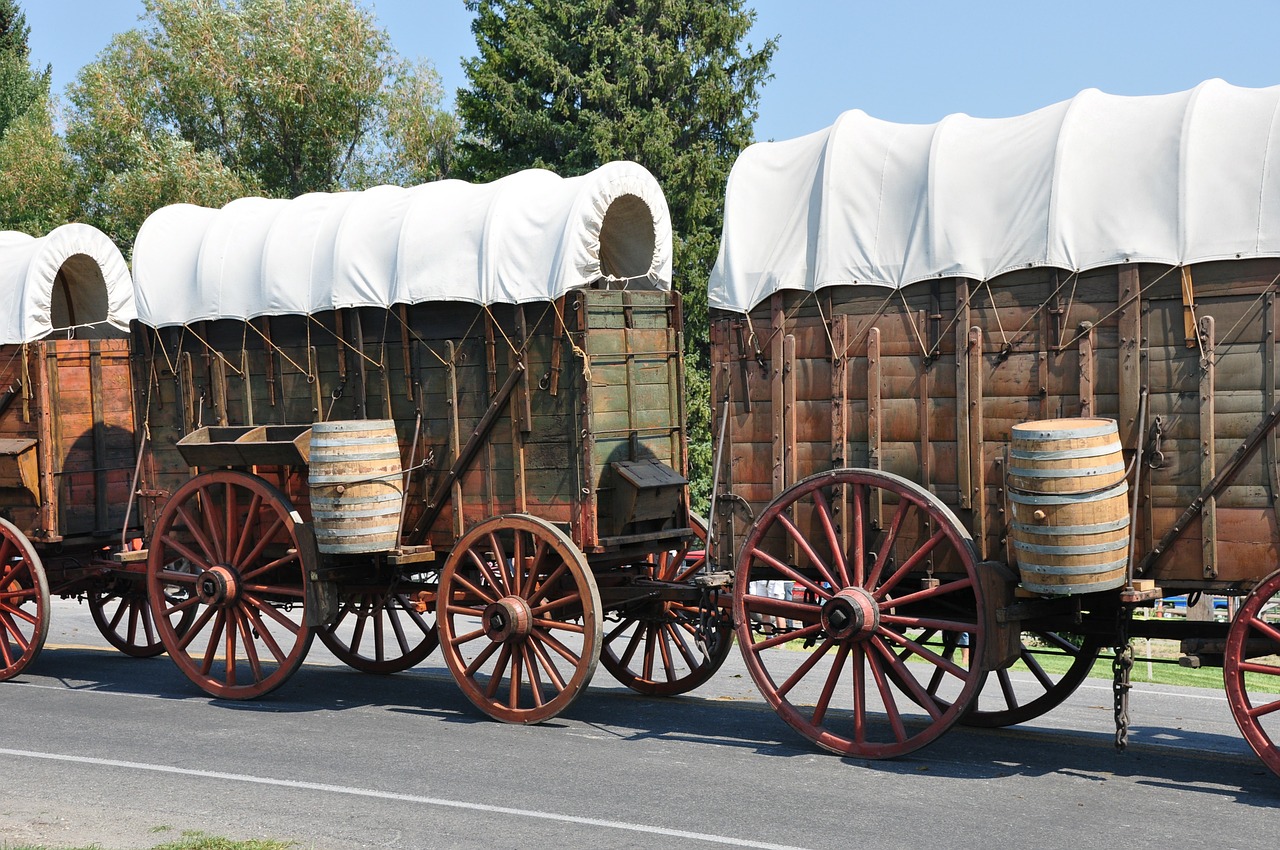
What Did the Pioneers Eat?
This post is part of the series: History Worksheets for Pioneer Lesson Plans. This history lesson plan explores some of the foods eaten in the pioneer world. Read this history lesson plan with your American history students, then do the attached history worksheet with your students to reinforce what they have learned about pioneer foods.

PIONEERS Foundation
Make up the brine solution, mixing all of the ingredients together. Add the thinly sliced meat and mix through the brine solution until completely covered. Place a plate, or similar, on top of the meat and press it down firmly onto the meat. Leave in a cold place (ideally a refrigerator or similar) for around 8 hours.

Different Ways Native Americans Survived In The Winter Humans For
The cost to fully stock a wagon and buy oxen or mules was about $600-$800 3 or approximately $17,000-$23,000 in current day dollars. Some families would grow or prepare portions of their own food prior to leaving on the trip, but merchants who catered to the travelers were ready to lend their assistance.
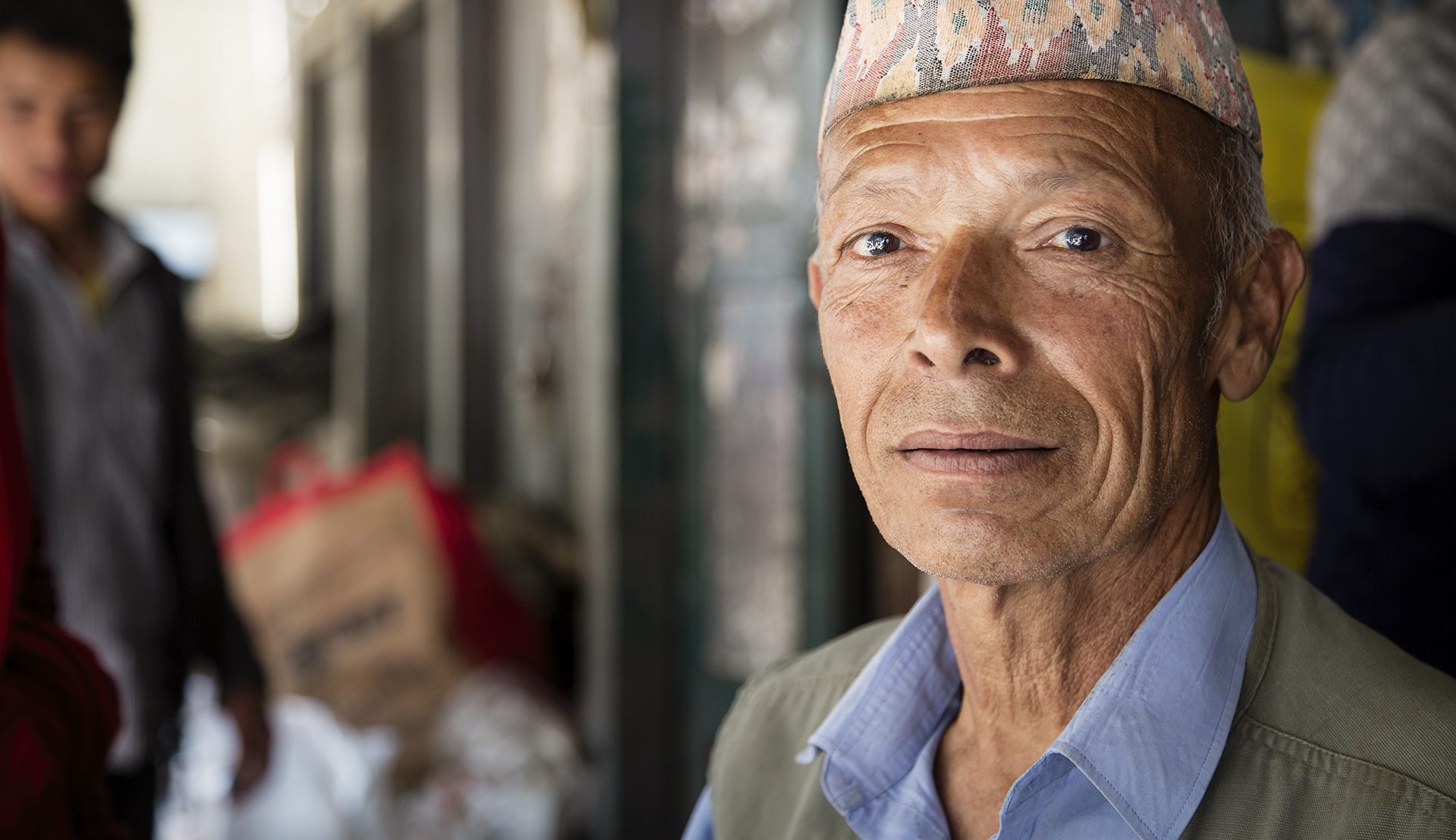
Stories Page 21 of 25 Pioneers
Cornmeal Pancakes. Like flour, pioneers brought along tons of cornmeal for the trail. Cornmeal was easy to make and transport, so travelers got creative with how they used it in their meals. A favorite food on the Oregon Trail was cornmeal pancakes, which could easily be fried up over the campfire. 10 / 16.

What do Pioneers short term mission trips look like? Elyse's Story
The pioneers packed light because although their wagons could hold 2000lbs of supplies, 1,800lbs of that needed to be food. A typical cover wagon of the era (By B.D/CC BY-SA 2.0) Flours

New Pioneers
Pioneers also commonly packed 80 lbs. lard, 20 lbs. sugar, 10 lbs. each of coffee and salt per person, yeast, hardtack and crackers. Some brought cattle to butcher along the way. Many brought a milk cow and a chicken or two for eggs. Each morning, after milking the cow, the buckets of milk were covered and hung under the wagon.